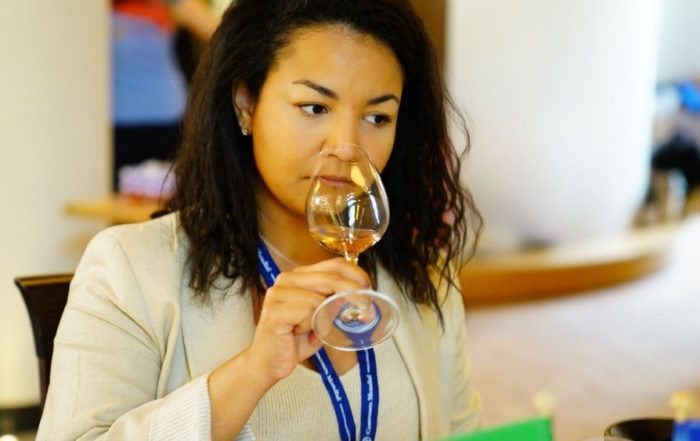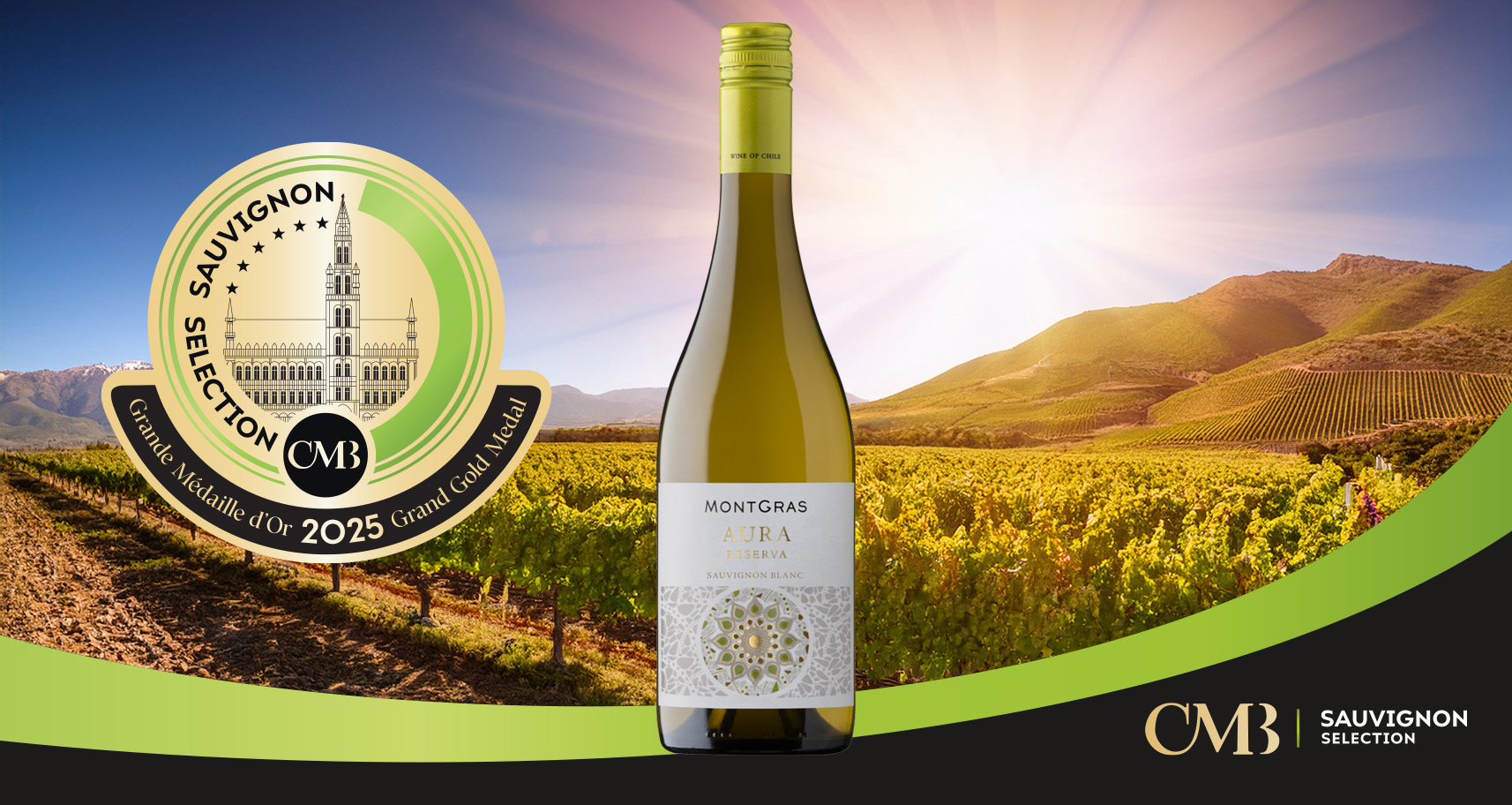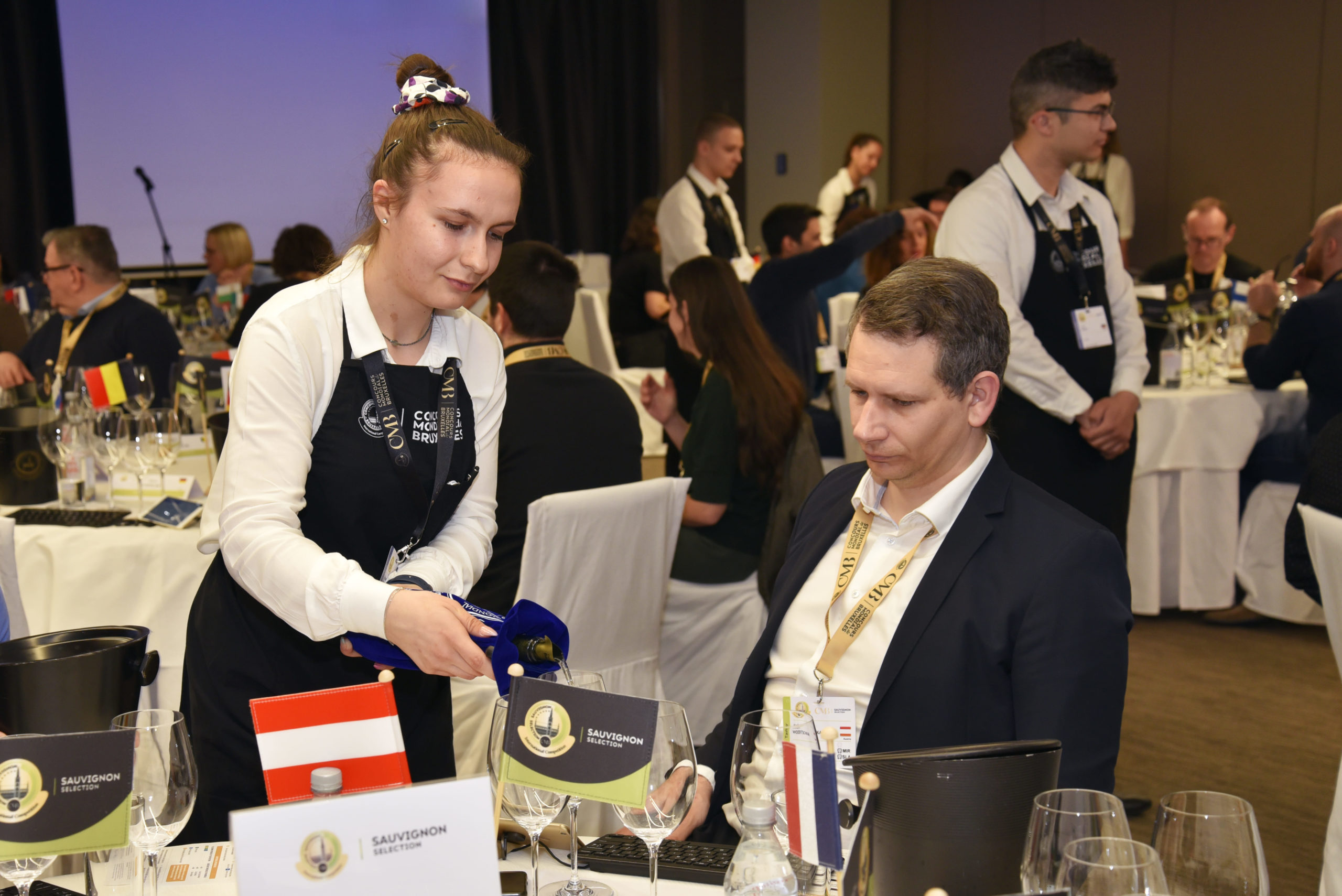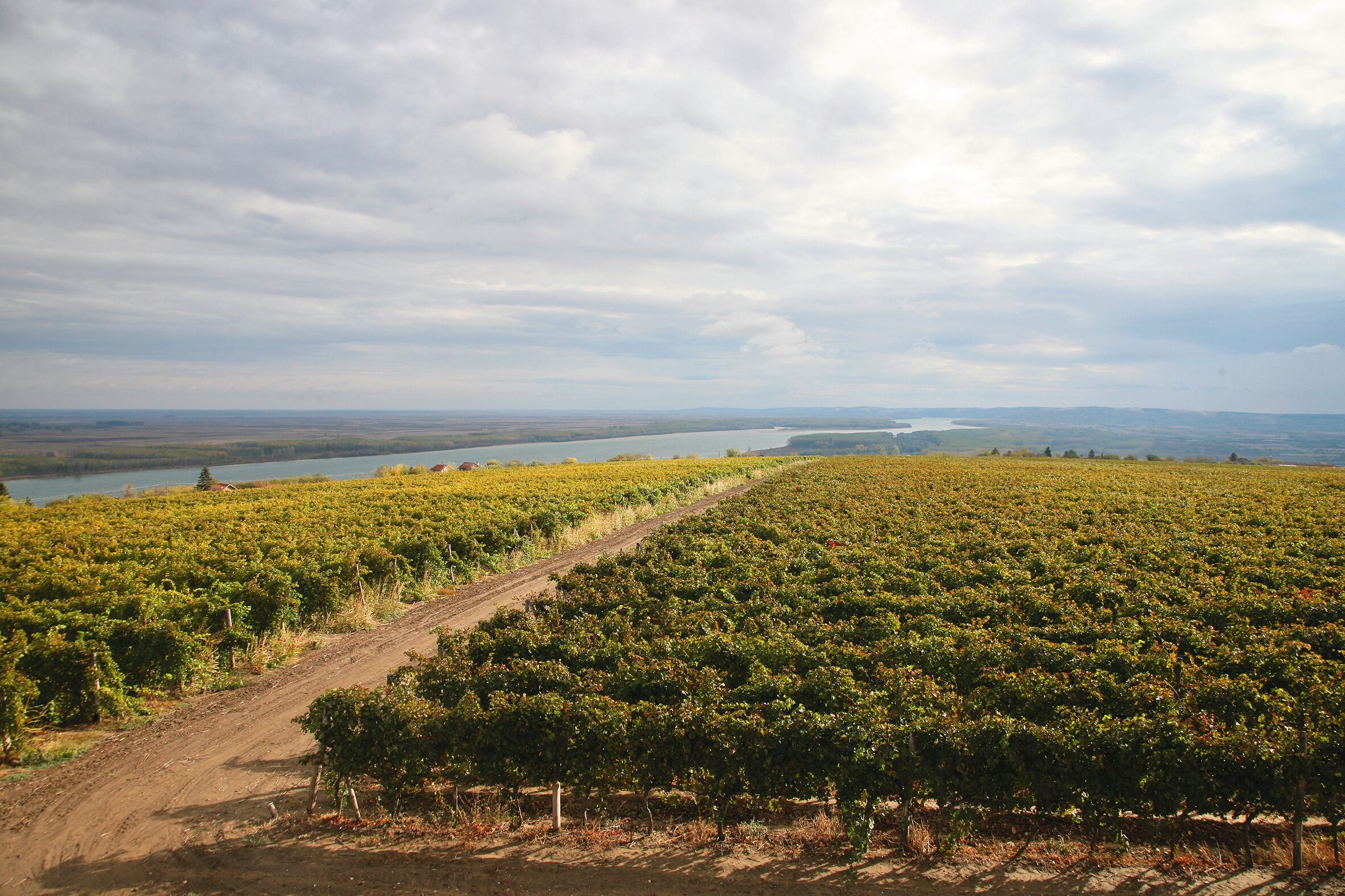Sauvignon blanc is different from anything else people have tried, it’s absolutely unique

Luma Monteiro is marketing manager with Davy’s of London in the United Kingdom. The company has a network of 17 wine bars across the capital city and a wine merchant division, Davy’s Merchants. A judge at the Concours Mondial du Sauvignon, Luma also has a very popular Instagram account, Wineria, all of which allows her to engage directly with consumers and glean precious insight into their preferences and aspirations.
You organise wine tastings for Davy’s of London. What kind of feedback do you get about Sauvignon blanc?
The majority of consumers still buy and drink wines based on things they see on television or recommendations from friends and family. A lot of people drink Sauvignon blanc because they recognise the name of the grape and New Zealand put the variety on the map in a different way. So people tend to ask for a New Zealand Sauvignon blanc. Maybe they don’t even know that Bordeaux blanc has Sauvignon blanc in it! I think that for consumers who are not that knowledgeable about wine, Sauvignon blanc is an easy-to-understand grape variety.
What particular styles would you say are the most popular currently in the UK?
In the past, Sancerre tended to be the go-to style but I have seen a shift towards New Zealand and some South African styles. Maybe that’s because these are the kind of wines that are in the places where most people buy wine – i.e. the supermarkets. New Zealand Sauvignon blanc is very popular with consumers in the UK. The price point for Sancerre is not the normal price point for the mass market.
“People who like Sauvignon blanc like it for a reason, and those who don’t like it don’t realise there are different styles of the varietal”
Is there a sweet spot for pricing of Sauvignon blanc?
The UK market is very cautious when it comes to prices. I think above £15 is very difficult to sell.
Are style preferences changing in any way?
Over the past year, there has been less New Zealand Sauvignon blanc available in the market. So I have seen people gravitating towards other New World countries, like Chile, a lot, and to a lesser extent South Africa. So I see people going to new places for Sauvignon blanc, but more in the New than the Old World. That’s probably because in terms of flavour profile, the New World wines tend to be more similar. A few months ago, we did a promotion with Bordeaux blanc, but people don’t view it as Sauvignon, they see it as white Bordeaux. And however much you explain that the majority grape is Sauvignon, they still insist that they want Sauvignon blanc!!
Have you noticed any misconceptions about Sauvignon blanc?
Yes, I think there are misconceptions, especially in tastings. Recently we did a tasting with a producer from South Africa, The Valley, by Nico Grobler who does a very different style of Sauvignon. It’s less pungent and more Old World in style. I think a lot of people consider that Sauvignon blanc is pungent, herbal, cat’s pee etc. We did a blind tasting and when we showed them this new style, more mineral with less obvious Sauvignon blanc flavours, they were amazed that it was Sauvignon blanc. They had different expectations. They said they didn’t like the pungent flavours normally associated with Sauvignon blanc and found this one amazing. People who like Sauvignon blanc like it for a reason, and those who don’t like it don’t realise there are different styles of the varietal. So there is a definite misconception about how Sauvignon blanc tastes.
Are you seeing the popularity of Sauvignon blanc waning?
I have noticed that people are studying wine more and want to understand it more. Increasingly knowledgeable people tend to shift slightly away from Chardonnay, Sauvignon blanc and the mainstream grapes. But for the normal consumer, I don’t see the market changing much. Part of that is because people like to play safe – the less you know about wine, the more you want to stay in your safe zone, even though they do like to change origins. So I think they shift more between regions than away from the actual grape itself, because the grape is what they know.
“I would love to see less alcoholic Sauvignon blanc”
How do you think producers could continue to sustain interest in the variety going forward?
Speaking on a personal basis, as someone in the wine industry, I would love to see less alcoholic Sauvignon blanc. The entire world is turning away from high alcohol wines, like 14%. That’s the first aspect producers should be mindful of. There are also techniques like lees ageing that could be interesting with Sauvignon blanc, it can add really interesting texture to the palate. But I think the changes should be fairly marginal because you don’t want to lose the beauty of the grape. A little lees ageing I find interesting, but I don’t see oak as doing that. For me the flavours of oak don’t match Sauvignon and I don’t think it adds anything to the grape. New Zealand originally made a very commercial style of wine – very pungent with lots of passion fruit etc. Now I think they’re turning the volume down, making more elegant styles and I think that will prevent people from getting palate fatigue. Elegant styles are more timeless and they’re more suitable for gastronomy, which then takes the wines out of just supermarkets.
In terms of USP, which key aspects of Sauvignon blanc should be emphasised?
I think the first thing is the expressiveness of the grape variety, which is very interesting. It’s different from anything else people have tried, it’s absolutely unique. Secondly, the ability of Sauvignon blanc to adapt to Old and New World situations – this adds the provenance aspect. It’s also important to tell the story of the wine, especially if it’s a low intervention wine, which is attracting more and more people. I don’t mean natural, I mean low intervention. If the story of the producer is linked to any kind of sustainable practices, that draws people. Along with stylistic aspects and maybe a slight change in winemaking practices, this brings another aspect to the narrative, not just for Sauvignon blanc of course, but for all wines. Going back to New Zealand, what they have done to the market with Sauvignon blanc is nothing short of remarkable, and can be likened to what Prosecco has done. They have changed the perception of a grape and a style of drink. It’s impressive but I think the challenge for New Zealand going forward will be to sell wines in price points above £10 a bottle. Some producers are releasing single vineyard labels now, some of them retailing for £30-35, but they’re struggling to sell them. £10 has become a maximum price point. Interestingly, Prosecco is having the same issues, even the more premium offerings. It’s a risk you take when you get so popular with one style.
Sharon Nagel


